calsfoundation@cals.org
Basketball
Basketball, a uniquely American invention in the history of sports, is one of the most popular sports in Arkansas, both for participants and for spectators. Because basketball can be played either indoors or outdoors, and because it requires less equipment than most team sports, basketball rapidly acquired the attention and affection of many Arkansans. Most high schools and colleges in the state field competitive basketball teams, and the state has produced several high-caliber professional basketball players.
Basketball was invented in 1891 by James Naismith, who was seeking a form of recreation that would keep competitors active while indoors during the winter months. He introduced the sport in a Young Men’s Christian Association (YMCA) facility in Springfield, Massachusetts, in December of that year. Through the YMCA, news of basketball quickly reached the rest of the nation and was spread to other countries. Naismith’s original game involved a soccer ball and two peach baskets on ten-foot poles at opposite ends of a gymnasium. Over time, the familiar orange basketball and hoops with nets were developed for the game. While formal basketball rules call for two nets at opposite ends of a flat rectangular court and for two teams of five players on the court at a time, many variations of the game allow for different numbers of participants and sometimes only one basket on one side of a smaller court.
Women’s teams existed as early as men’s teams, and in some places earlier. The first basketball game in Arkansas has not been convincingly documented, although it undoubtedly was introduced through the YMCA and probably happened some time during the 1890s.
Many colleges across the country were featuring basketball competition as early as 1895. The Intercollegiate Athletic Association of the United States, now the National Collegiate Athletic Association (NCAA), was organized in 1906 to oversee athletic competitions between college teams. The first NCAA basketball tournament to determine a national college basketball champion was held in 1939.
Arkansas High School and College Teams
The development of basketball as an official high school sport in Arkansas is not well-documented, but state champions in high school basketball were being crowned as early as 1912. Little Rock (Pulaski County) won the earliest boys’ championship that year, and Marked Tree (Poinsett County) won the earliest girls’ championship in 1946. A federal law passed in 1972, generally known as Title IX, required high schools and colleges to provide equal opportunity for all students to participate in athletics and other endeavors; enforcement of this law increased the prevalence and popularity of girls’ basketball. As of 2009, competing high schools are divided into seven classifications (labeled 1A through 7A) based on the size of the school, allowing fourteen championship trophies to be awarded each March.
The first yearbook references to basketball at the University of Arkansas (UA) in Fayetteville (Washington County) show a women’s team from the 1907–1908 season. The first “official” basketball team at UA, the men’s team of 1923–1924, played against such rivals as Keota High School in Oklahoma, the Gay Oil Company, England National Bank, and the Stuttgart Athletic Club, as well as various college teams. UA has participated in the men’s NCAA championship tournament twenty times as of 2009, winning the championship game in 1994 and losing the championship game to the University of California, Los Angeles (UCLA) the following year. Other Arkansas schools that have been in the men’s NCAA championship tournament include Arkansas State University (ASU) and the University of Arkansas at Little Rock (UALR). The UA women’s team has also appeared in the NCAA tournament, making the Final Four in 1998.
As in high school basketball, college basketball teams are separated into classifications according to size. The National Association of Intercollegiate Athletics (NAIA) also holds basketball tournaments for men’s and women’s teams every spring; John Brown University (JBU) won the tournament championship in 2005, and the University of Arkansas at Monticello (UAM) appeared in the championship game in 1986, while the University of Central Arkansas (UCA) lost consecutive championship games in 1991 and 1992. Harding University, Ouachita Baptist University (OBU), and Southern Arkansas University have also played in the men’s NAIA tournament. Arkansas Tech University’s women’s basketball team won the NAIA championship in 1992 and 1993; UAM, UCA, Harding, JBU, and OBU have also appeared in the women’s NAIA tournament.
Professional Basketball
The most prominent professional basketball league is the National Basketball Association (NBA), which began as the Basketball Association of America in 1946 and adopted its current name three years later. No NBA team has ever made its home in Arkansas, but several prominent NBA players were born and raised in Arkansas, including Scottie Pippen from Hamburg (Ashley County), Sidney Moncrief from Little Rock, Derek Fisher from Little Rock, and Corliss Williamson from Russellville (Pope County). Jerry Rook from Jonesboro (Craighead County) played one strong season for the New Orleans Buccaneers of the American Basketball Association in 1969–1970.
Other professional basketball players from Arkansas who did not have careers in the NBA include Reece “Goose” Tatum of El Dorado (Union County) and Hubert “Geese” Ausbie of Little Rock, both of whom starred for the Harlem Globetrotters basketball team, and Hazel Leona Walker of Oak Hill (Little River County) who led the All American Red Heads in successful basketball competition. This women’s team was based in Caraway (Craighead County) starting in 1955 (the team had formed in 1936 in Cassville, Missouri), challenging local teams around the South and putting on exhibitions of basketball skill much like the Globetrotters.
Arkansas briefly hosted a professional basketball team. The Arkansas RimRockers played their home games at the Alltel Arena (now the Simmons Bank Arena) in North Little Rock (Pulaski County) from 2004 until 2007. They won the championship of the American Basketball Association in 2005; then, for two seasons, they were affiliated with the NBA’s Developmental League. The team sought a new home city after the end of the 2006–2007 season but had not reappeared in any new form by the following year.
| First Name | Last Name | Birthplace | High School | College | S | G | PTS | REB | AST | FG% | FT% | |
| 1 | Joe | Johnson | Little Rock | LR Central | Arkansas | 18 | 1277 | 20407 | 5059 | 5001 | .441 | .802 |
| 2 | Scottie | Pippen | Hamburg | Hamburg | C Arkansas | 17 | 1178 | 18940 | 7494 | 6135 | .473 | .704 |
| 3 | Glen | Rice | Jacksonville | 15 | 1000 | 18336 | 4387 | 2097 | .456 | .846 | ||
| 4 | Mike | Conley | Fayetteville | 16 | 1025 | 15019 | 5857 | 3054 | .439 | .820 | ||
| 5 | Joe Barry | Carroll | Pine Bluff | 10 | 705 | 12455 | 5404 | 1264 | .474 | .747 | ||
| 6 | Sidney | Moncrief | Little Rock | LR Hall | Arkansas | 11 | 767 | 11931 | 3575 | 2793 | .502 | .831 |
| 7 | Archie | Clark | Conway | 10 | 725 | 11819 | 2427 | 3498 | .480 | .769 | ||
| 8 | Paul | Silas | Prescott | 16 | 1254 | 11782 | 12357 | 2572 | .432 | .673 | ||
| 9 | Alvin | Robertson | Arkansas | 10 | 779 | 10882 | 4066 | 3929 | .477 | .743 | ||
| 10 | Derek | Fisher | Little Rock | LR Parkview | Little Rock | 18 | 1287 | 10713 | 2658 | 3804 | .399 | .817 |
| 11 | Fat | Lever | Pine Buff | 11 | 752 | 10433 | 4523 | 4696 | .447 | .771 | ||
| 12 | Caldwell | Jones | McGehee | Desha Central | 17 | 1299 | 10241 | 10685 | 1800 | .474 | .756 | |
| 13 | Corliss | Williamson | Russellville | Russellville | Arkansas | 12 | 822 | 9147 | 3183 | 972 | .490 | .714 |
| 14 | Wil | Jones | McGehee | Wolf Project | 9 | 725 | 8482 | 5560 | 1446 | .459 | .733 | |
| 15 | Michael | Cage | West Memphis | West Memphis | 15 | 1140 | 8278 | 8646 | 1057 | .515 | .664 | |
| 16 | Eddie | Miles | North Little Rock | Scipio Jones | 9 | 605 | 8120 | 1860 | 1225 | .440 | .747 | |
| 17 | Darrell | Walker | Arkansas | 10 | 720 | 6389 | 3134 | 3276 | .435 | .713 | ||
| 18 | Bobby | Portis | Little Rock | LR Hall | Arkansas | 8 | 523 | 6008 | 3667 | 642 | .474 | .754 |
| 19 | Ron | Brewer | Fort Smith | FS Northside | Arkansas | 8 | 501 | 5971 | 971 | 920 | .459 | .824 |
| 20 | Todd | Day | Arkansas | 8 | 483 | 5917 | 713 | 1649 | .406 | .739 | ||
| 21 | Nat | Clifton | Little Rock | 8 | 544 | 5444 | 1367 | 4469 | .361 | .633 | ||
| 22 | Patrick | Beverley | Arkansas | 11 | 593 | 5069 | 2490 | 2033 | .413 | .754 | ||
| 23 | Bryant | Reeves | Fort Smith | 6 | 395 | 4945 | 2745 | 623 | .475 | .703 | ||
| 24 | Joe | Kleine | Arkansas | 15 | 965 | 4666 | 3991 | 622 | .453 | .794 | ||
| 25 | Andrew | Lang | Pine Bluff | PB Dollarway | Arkansas | 12 | 737 | 4431 | 3511 | 424 | .470 | .744 |
| 26 | Malik | Monk | Jonesboro | Bentonville | 6 | 386 | 4217 | 920 | 25 | .430 | .849 | |
| 27 | Jim | McElroy | Cotton Plant | 7 | 418 | 4120 | 1462 | 384 | .468 | .764 | ||
| 28 | Jim | Barnes | Tuckerman | 7 | 454 | 3977 | 2939 | 377 | .429 | .684 | ||
| 29 | Ronnie | Brewer | Fayetteville | Arkansas | 8 | 502 | 3940 | 1427 | 828 | .490 | .675 | |
| 30 | Oliver | Miller | Arkansas | 9 | 493 | 3625 | 2893 | 1061 | .534 | .639 | ||
| 31 | Fred | Jones | Malvern | 7 | 430 | 3206 | 958 | 990 | .411 | .809 | ||
| 32 | Jannero | Pargo | Arkansas | 11 | 499 | 3175 | 701 | 986 | .391 | .864 |
FG% = percentage of field goals made
FT% = percentage of free throws made
For additional information:
Dawson, Dudley E. Razorbacks Handbook: Stories, Stats and Stuff about Arkansas Basketball. Wichita, KS: Wichita Eagle and Beacon Publishing Company, 1996.
Lumpkin, A. “Hazel Walker and the Arkansas Travelers.” Arkansas Journal 29.1 (1994): 32–35.
Moncrief, Sidney, and Myra McLarey. Moncrief: My Journey to the NBA. Little Rock: August House Publishers, 1990.
Pippen, Scottie, with Greg Brown. Reach Higher. Dallas: Taylor Publishing, 1996.
Shouler, Ken, et al. Total Basketball: The Ultimate Basketball Encyclopedia. Wilmington, DE: Sport Media Publishing, 2003.
Steven Teske
CALS Encyclopedia of Arkansas
Sam Breashears
Hot Springs, Arkansas



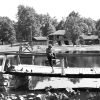

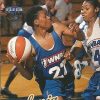
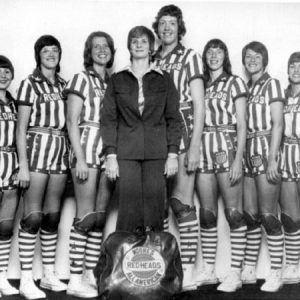 All American Red Heads
All American Red Heads  All American Red Heads Logo
All American Red Heads Logo 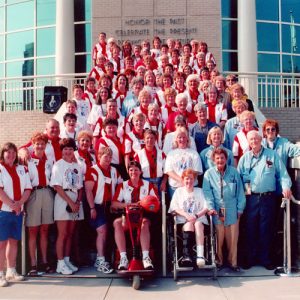 All American Red Heads Reunion
All American Red Heads Reunion  Alltel Arena Basketball Ticket
Alltel Arena Basketball Ticket 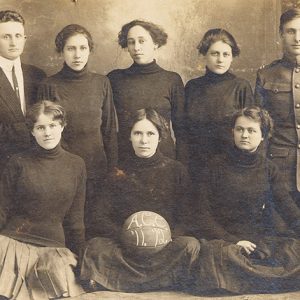 Arkansas Conference College Women's Basketball Team
Arkansas Conference College Women's Basketball Team  Magnolia A&M vs. Arkansas State Program
Magnolia A&M vs. Arkansas State Program 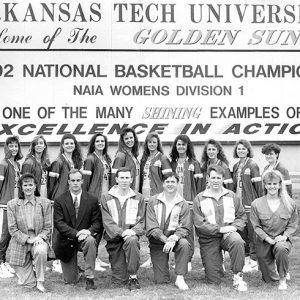 Arkansas Tech's Women's Basketball Team
Arkansas Tech's Women's Basketball Team  Hazel Walker's Arkansas Travelers
Hazel Walker's Arkansas Travelers 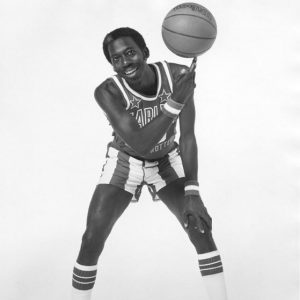 "Geese" Ausbie
"Geese" Ausbie 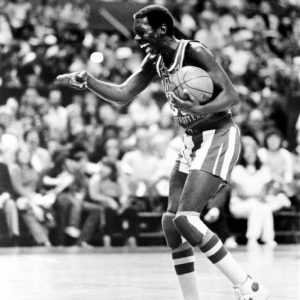 "Geese" Ausbie
"Geese" Ausbie 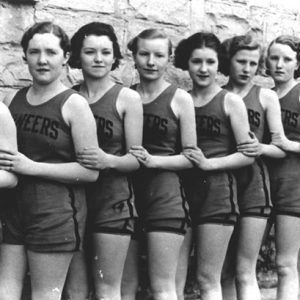 Batesville Pioneers
Batesville Pioneers 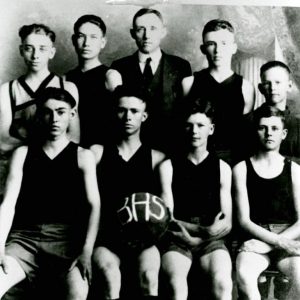 Batesville Basketball
Batesville Basketball 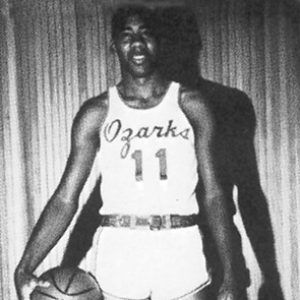 Sylvester Benson
Sylvester Benson 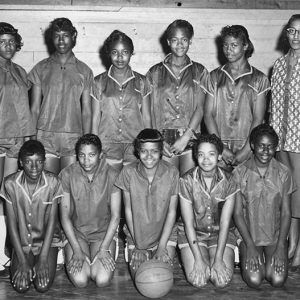 Branch High Girls Basketball Team
Branch High Girls Basketball Team 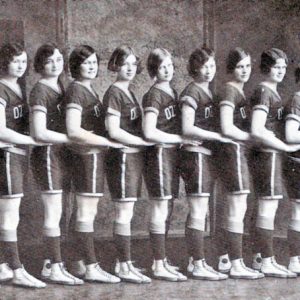 College of the Ozarks Girls' Basketball
College of the Ozarks Girls' Basketball 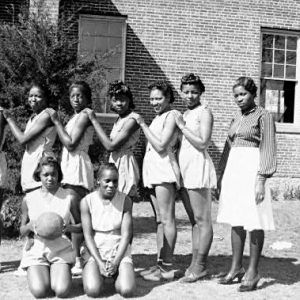 Consolidated White River Academy Girls Basketball Team
Consolidated White River Academy Girls Basketball Team 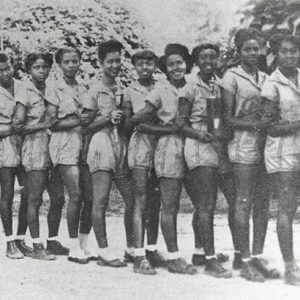 Fargo Basketball Team
Fargo Basketball Team 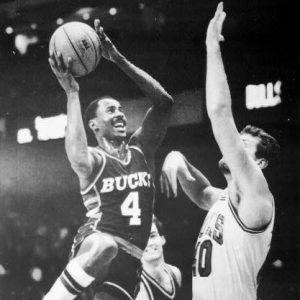 Sidney Moncrief
Sidney Moncrief 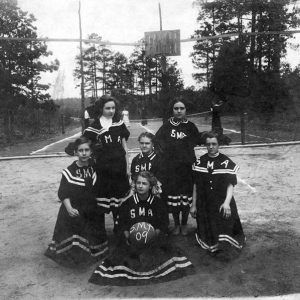 Mount St. Mary Basketball Team
Mount St. Mary Basketball Team 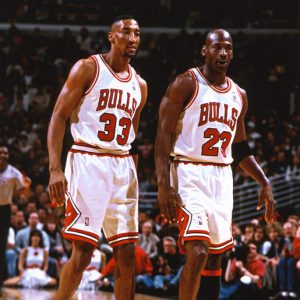 Scottie Pippen
Scottie Pippen 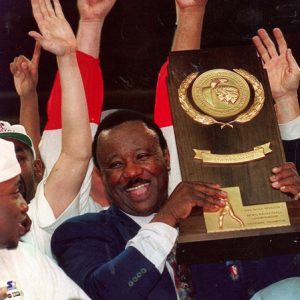 Nolan Richardson
Nolan Richardson 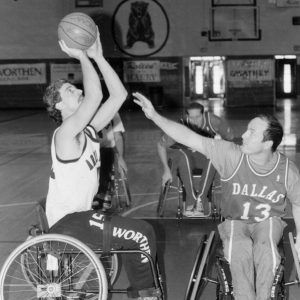 Rollin' Razorbacks
Rollin' Razorbacks 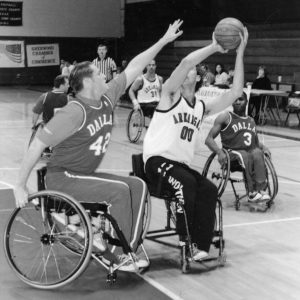 Rollin' Razorbacks
Rollin' Razorbacks 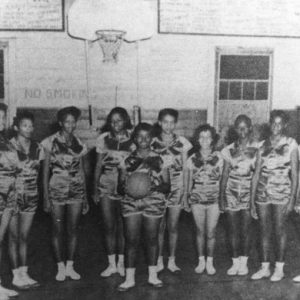 Training School Girls Basketball Team
Training School Girls Basketball Team 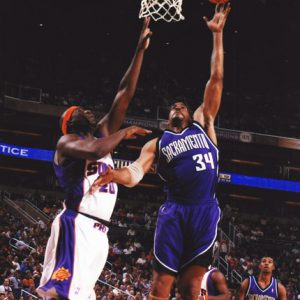 Corliss Williamson
Corliss Williamson 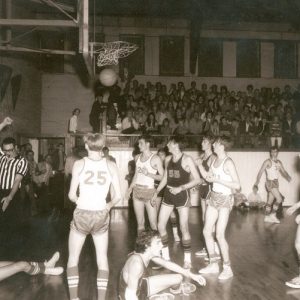 Williford Basketball; 1972
Williford Basketball; 1972 



Comments
No comments on this entry yet.